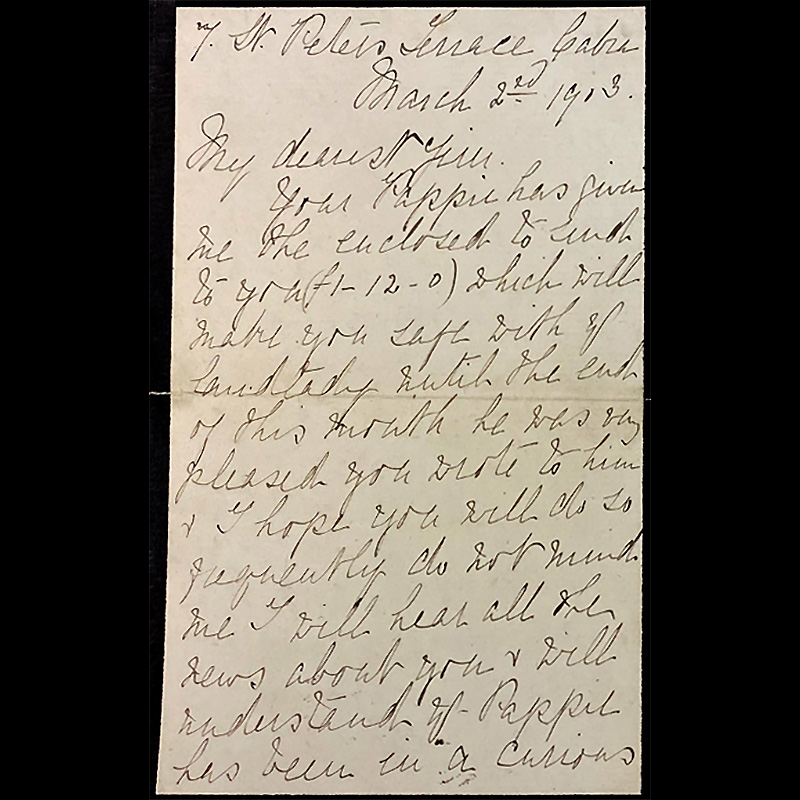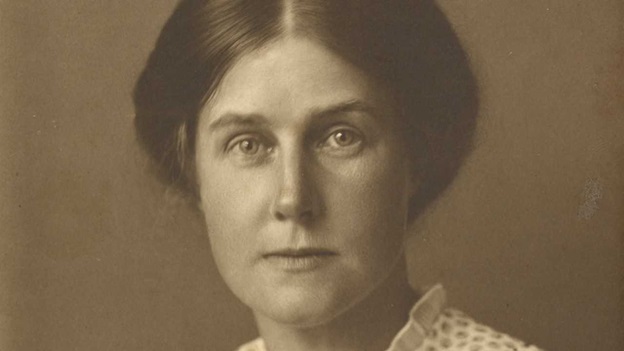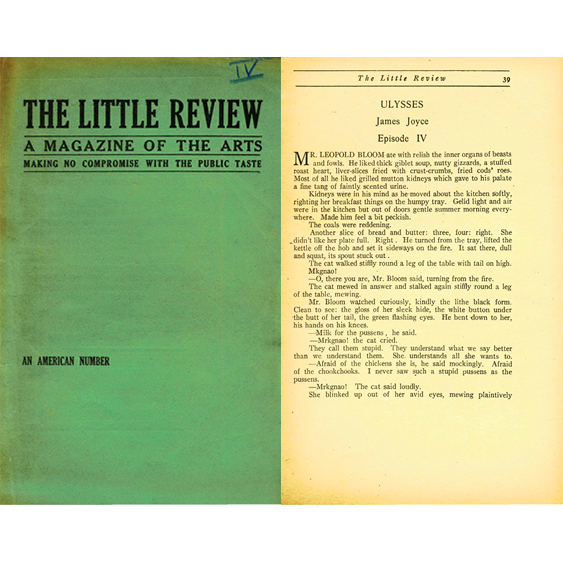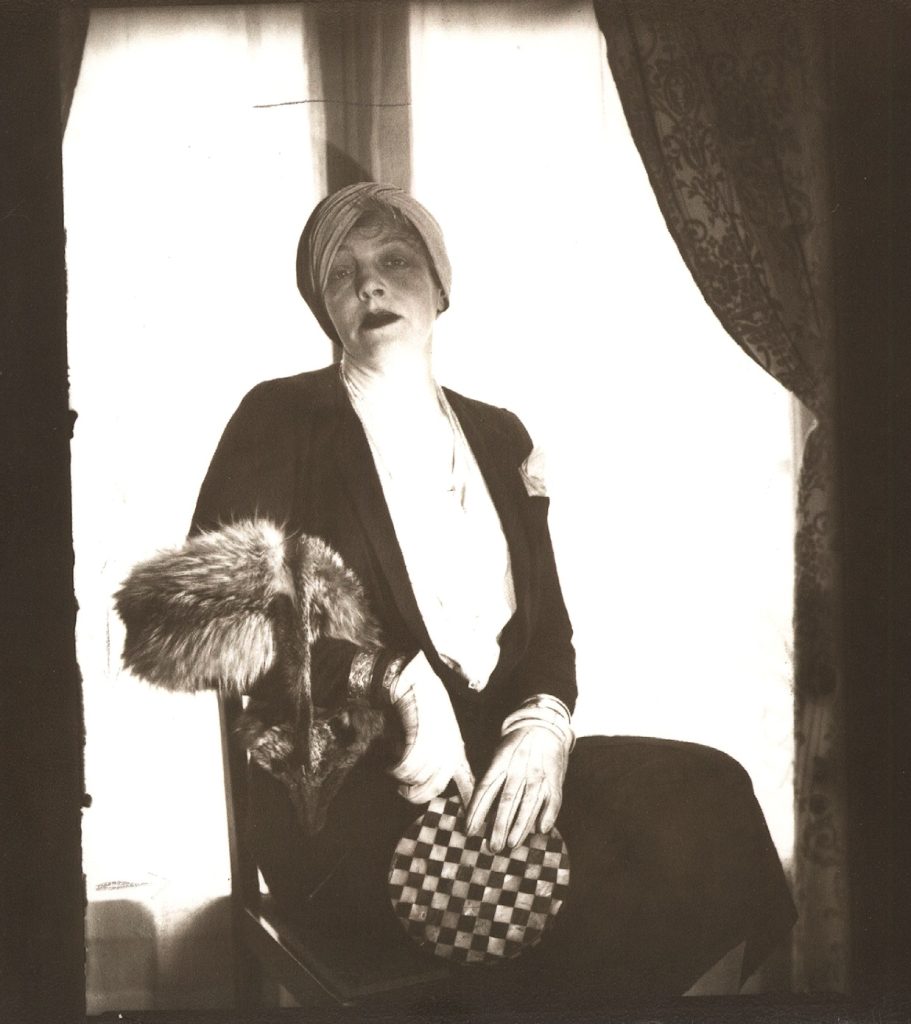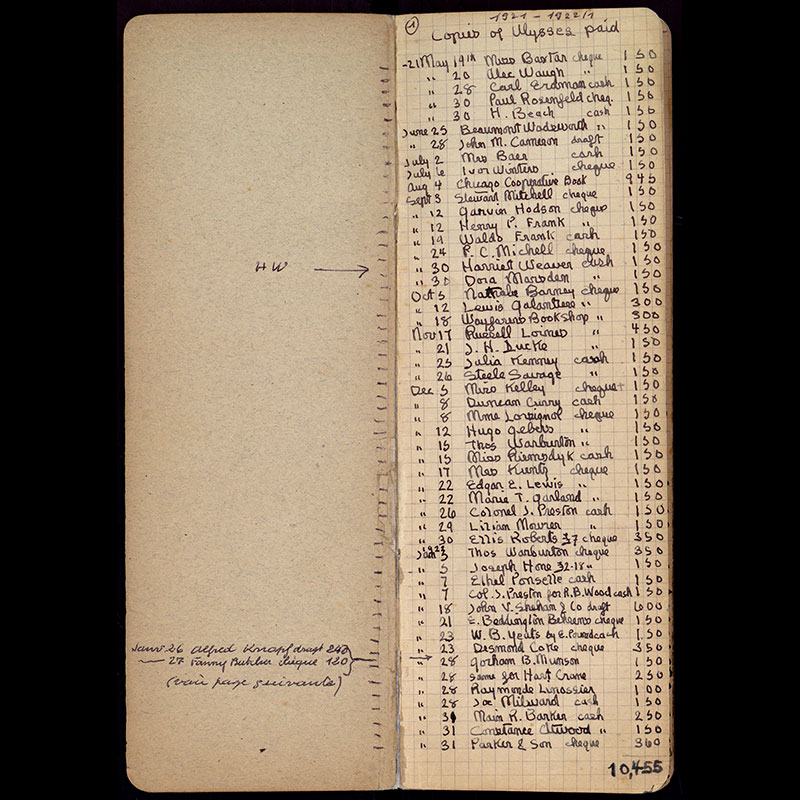
This tiny ledger, meticulously compiled by Sylvia Beach, records subscriptions for the first edition of Ulysses. It serves as a potent reminder of the necessary administrative labor and organization going on behind the scenes at Shakespeare and Company.
Dr Clare Hutton (Loughborough University)
Read the fourth article in a series devoted to objects that tell the story of women who supported James Joyce and the publication of his landmark novel, Ulysses. In this week’s instalment, Clare Hutton (Loughborough University) explores James Joyce’s interactions with Sylvia Beach, who agreed to publish Ulysses at the risk of controversy and personal expense.
